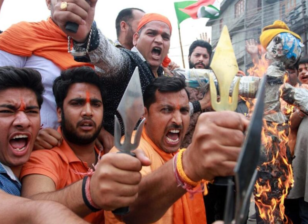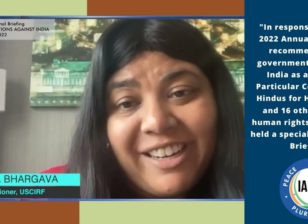Invisible in the pandemic fires, a slow burn of hunger and distress across India – By Supriya Sharma
In March 2020, the Central government had put a billion-plus Indians under strict lockdown on four-hour notice, stopping all work and transport across the country. As income and food dried up in the cities, hungry and desperate rural migrants walked hundreds of miles home, with nearly a thousand dying in the crisis.
This year, there has been no national lockdown. But localised shutdowns now cover virtually the entire country. All of India’s large cities, which run on the labour of rural migrants, have restrictions in place. In Mumbai, it is the sixth week of lockdown; the fifth in Delhi; the third in Kolkata; and the second week in Chennai.
Yet, barring extra food rations, which have been unevenly distributed, governments have barely announced any economic support for the working-class. If the lockdown last year came down as a hammer, this year, it feels like a thousand cuts. Obscured by the dramatic and distressing images of death in the second wave of the pandemic, a slow drip of distress is going unnoticed, not just by the government, but even by other citizens, leaving the urban poor to fend for themselves….




